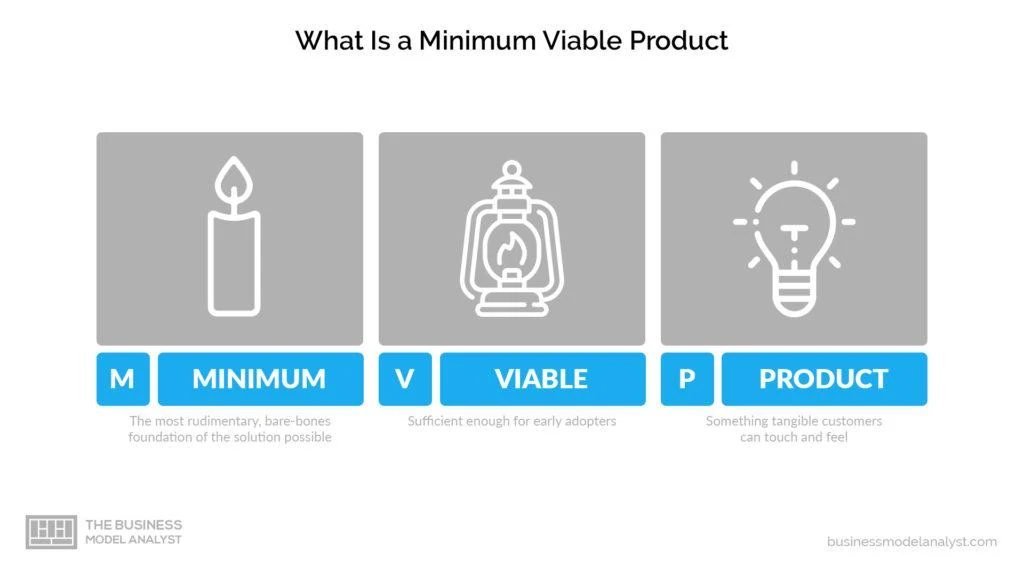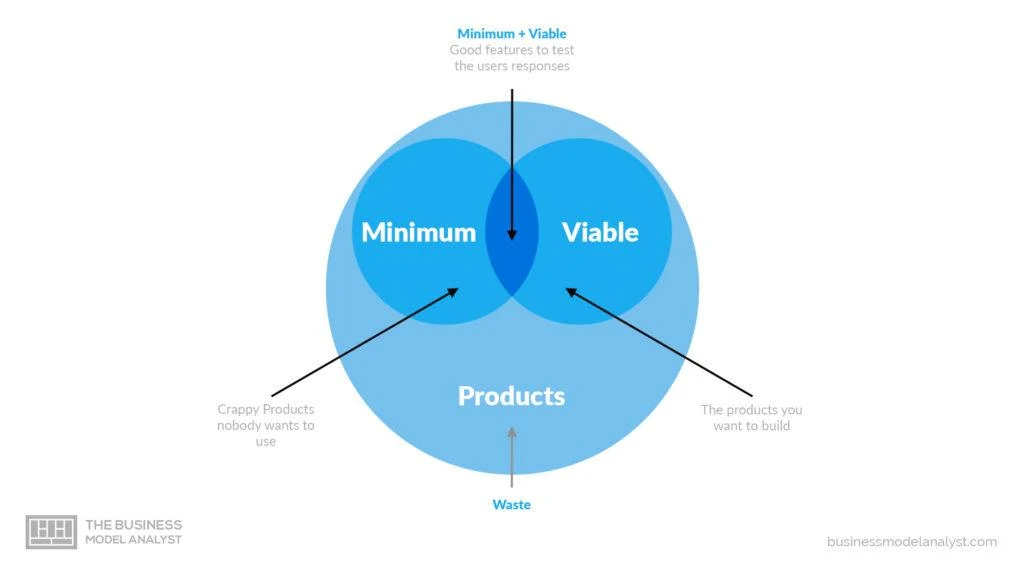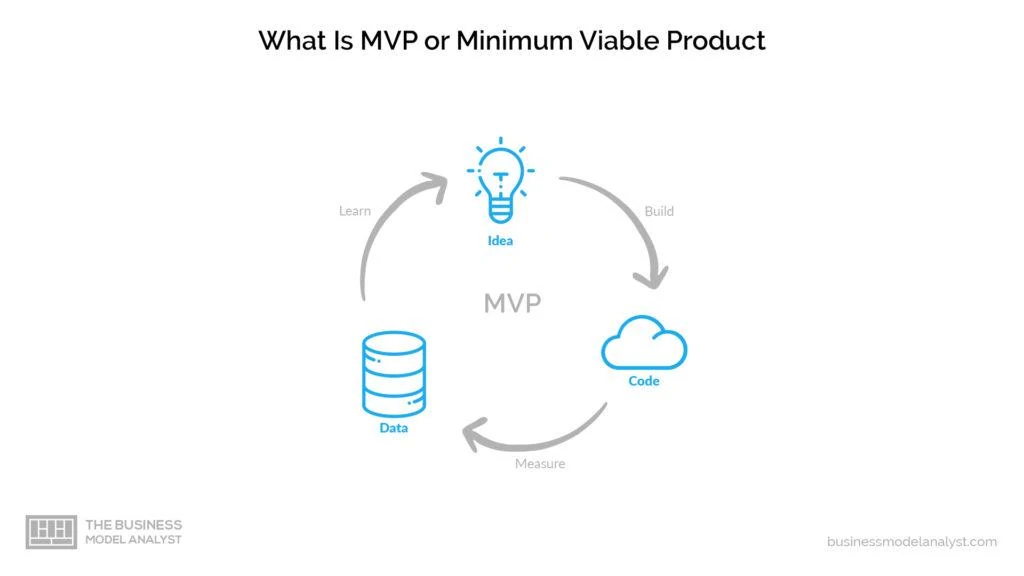Minimum Viable Product (MVP) is about a first version of the product, with minimum features, just to be presented to target audience and get feedback on it. That way, the company can verify the interest of the customers on the idea. One of the biggest mistakes of a great part of entrepreneurs is launching products without having experimented and validated their idea before doing so. The result is that, many times, they waste time and money investing in a product that nobody actually wants. The concept of Minimum Viable Product, or MVP, comes to avoid this result. The objective is to avoid waste by developing a beta version of the end product, before launching it on the market.

The MVP is a key part of the Lean Startup methodology since it involves testing hypotheses, getting customer feedback and improve (iterate) the product before launching. The MVP is this experiment instrument. It’s going to anticipate problems before the whole business model is set. The complete end product, full of features, is going to be designed and developed only after considering the first feedbacks on the Minimum Viable Product. The idea is to allow the users to foresee the promise of this new product and identify what kind of value they perceive, in order to guide developers towards the ideal product, that shall be adopted by the greatest share of the target audience.
Contents
How does Minimum Viable Product work?
MVP is applied as the core of an experimenting strategy, such as inside Lean Startup methodology. The company or team perceive a type of necessity of their audience and develop a solution that meets this need. After delivering the customers the first version of this solution, they collect information during the experiment to check if the customers would buy that. Based on data gathered, the team will decide of the idea is valid, and must be kept, if the idea is good, but needs improvement, or even if it’s safer to simply discard it. In simple words, a real product will be launched – but a more basic version of it. That way, it’s possible to see how people will behave towards the product and decide on the future of the idea.
Minimum Viable Product’s main characteristics

- Having enough value to be used from the beginning;
- Showing future benefits able to attract the first users/buyers;
- Generating strong feedback, capable of guiding further development.
A good Minimum Viable Product puts the user/customer in the center of the project. It aims to solve real needs and problems. And if provides efficient mechanisms to measure the engagement and get feedback, in order to quantify and qualify the product’s overall performance.
How to build a Minimum Viable Product?

Before calling designers and engineers, some steps must be followed:
- Formulate hypotheses for validation. As the objective of MVP is to validate ideas on the market before launching it, it’s important to create clear hypotheses from the start. If you are not able to elaborate that, it’s certainly not the time to build your Minimum Viable Product yet.
- Understand the market. Check audience indicators, have your persona clearly defined, perceive the scenario the company is, and its competition. Learn as much as you can of your universe and users/customers.
- Set indicators and metrics. After checking the market, chose which metrics and indicators you are going to employ to evaluate the performance of your MVP with your audience.
- Decide on the features of the MVP. You have to balance time, resources, and the strategy you are going to employ to present its value proposition to the customer.
- Offer the solution. After elaborating on all those steps, it’s time to develop your MVP that stands for a solution to your customer. Remember you must invest as little time and capital as possible, but still having features that meet your customers’ expectations, in order to guarantee the best experience you can.
- Get feedback. Have a process to receive comments, criticism, and suggestions on your MVP. You may need interviews, surveys, polls, online reviews, social media, etc.
- Iterate. After collecting all the information and opinions, consider the changes you may apply to your product. Finding an MVP is, in fact, the result of many iterations and errors. Sometimes, it’s even necessary to work on different versions of a business model. But, once you are able to validate your hypotheses, it’ll worth it!
- Launch the final product! Or not. After developing, iterating, getting feedback, analyzing metrics and investments, you will be able to decide if it’s sustainable to launch the real product on the market, or if it’s prudent to discard this one and find another.

What are the benefits of the Minimum Viable Product?
First of all, it’s important to highlight that the MVP is NOT a prototype. Featuring a Minimum Viable Product is not launching a product with fewer attributes or less quality. Because, if so, how are you going to evaluate its viability on the market, with all the features needed? The MVP allows the development team to learn as much as they can on the customer’s vision, with little effort and investment. It’s a way for you to realize how people will indeed act towards the product, not just having an opinion about something they don’t even see.

The Minimum Viable Product is, thus, the path to discovering if and how your solution will attract customers, by permitting the team to iterate drastically or abandon the idea, if necessary, based on real feedback and not spending too much on an idea that nobody cares.
Want to learn more about MVP? Go ahead and check our Super guide about it!


